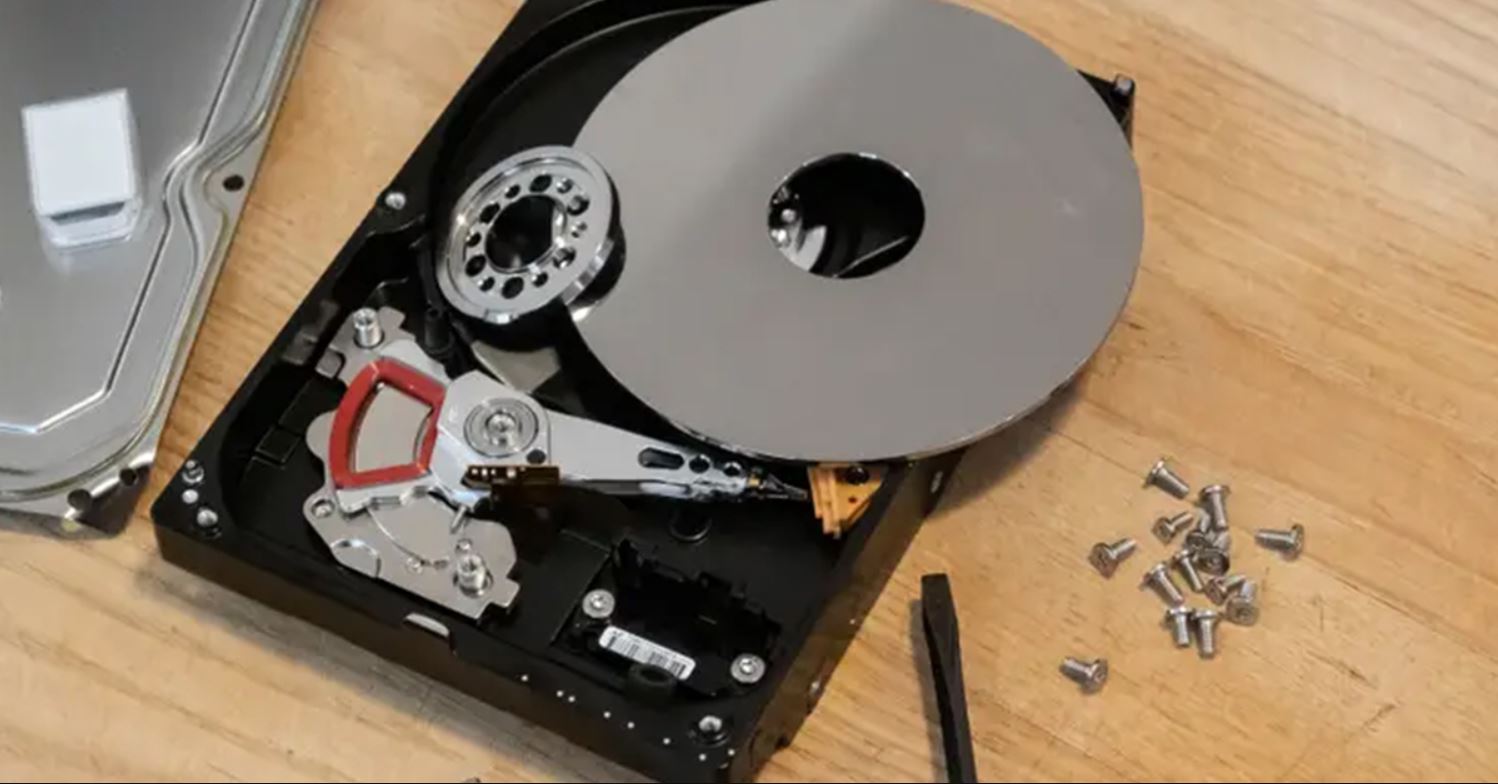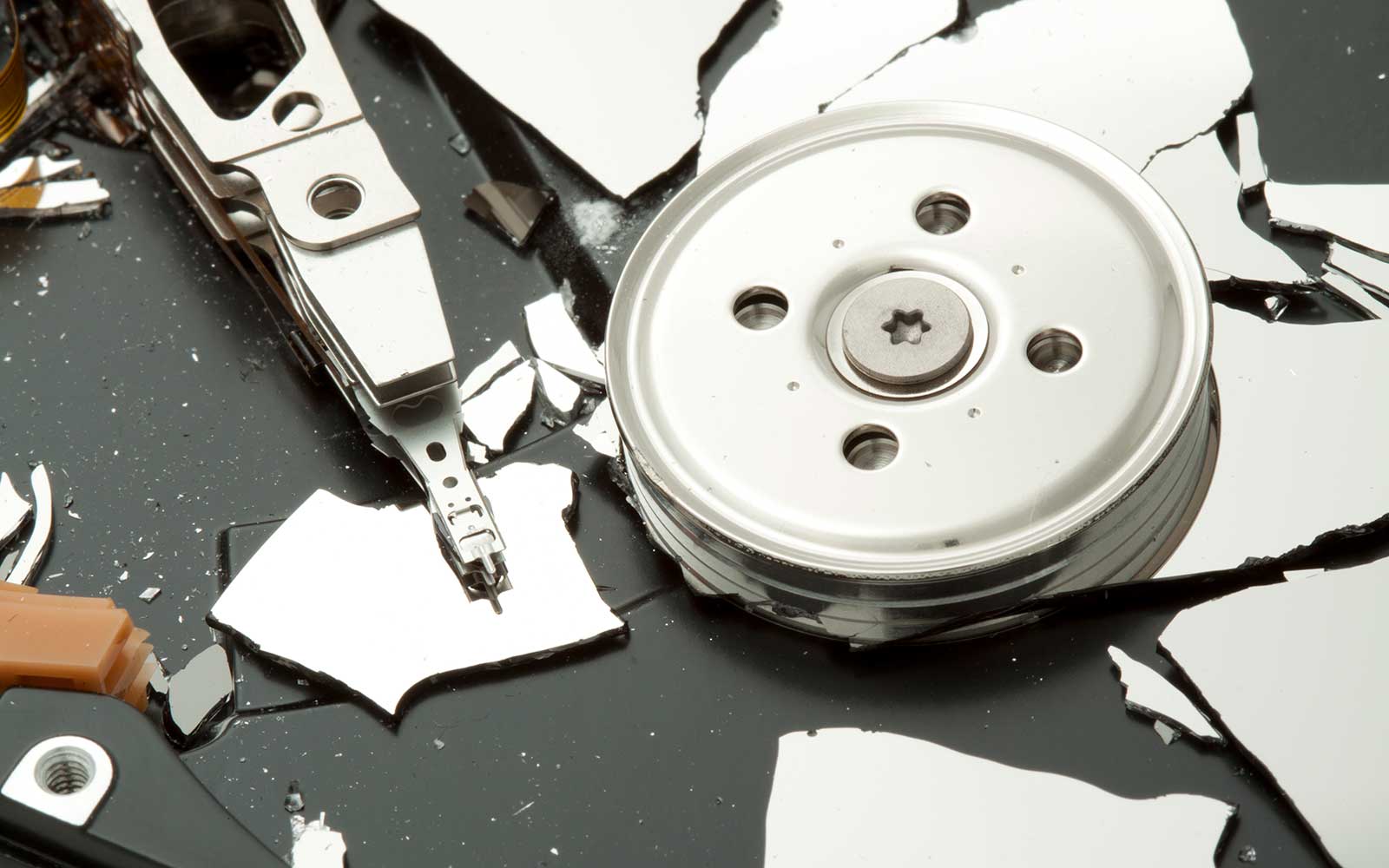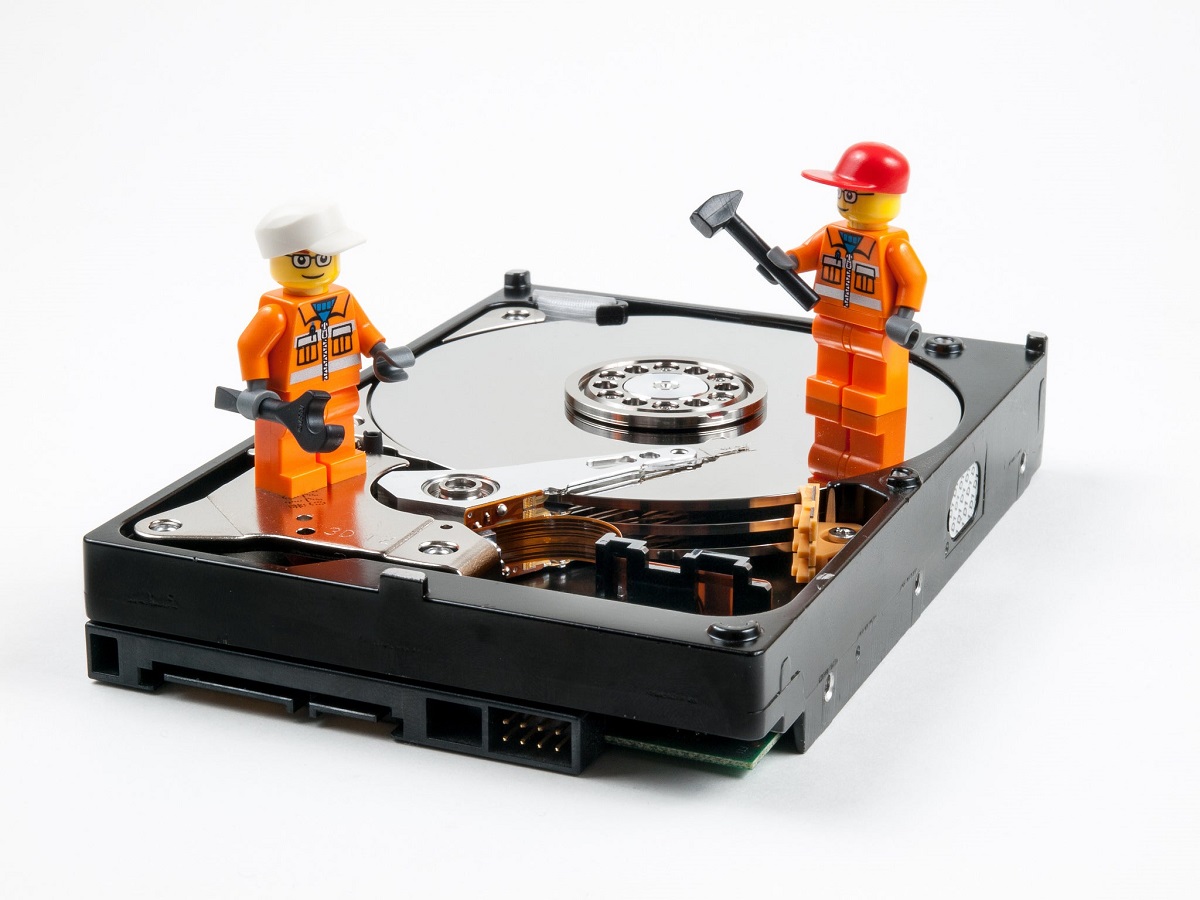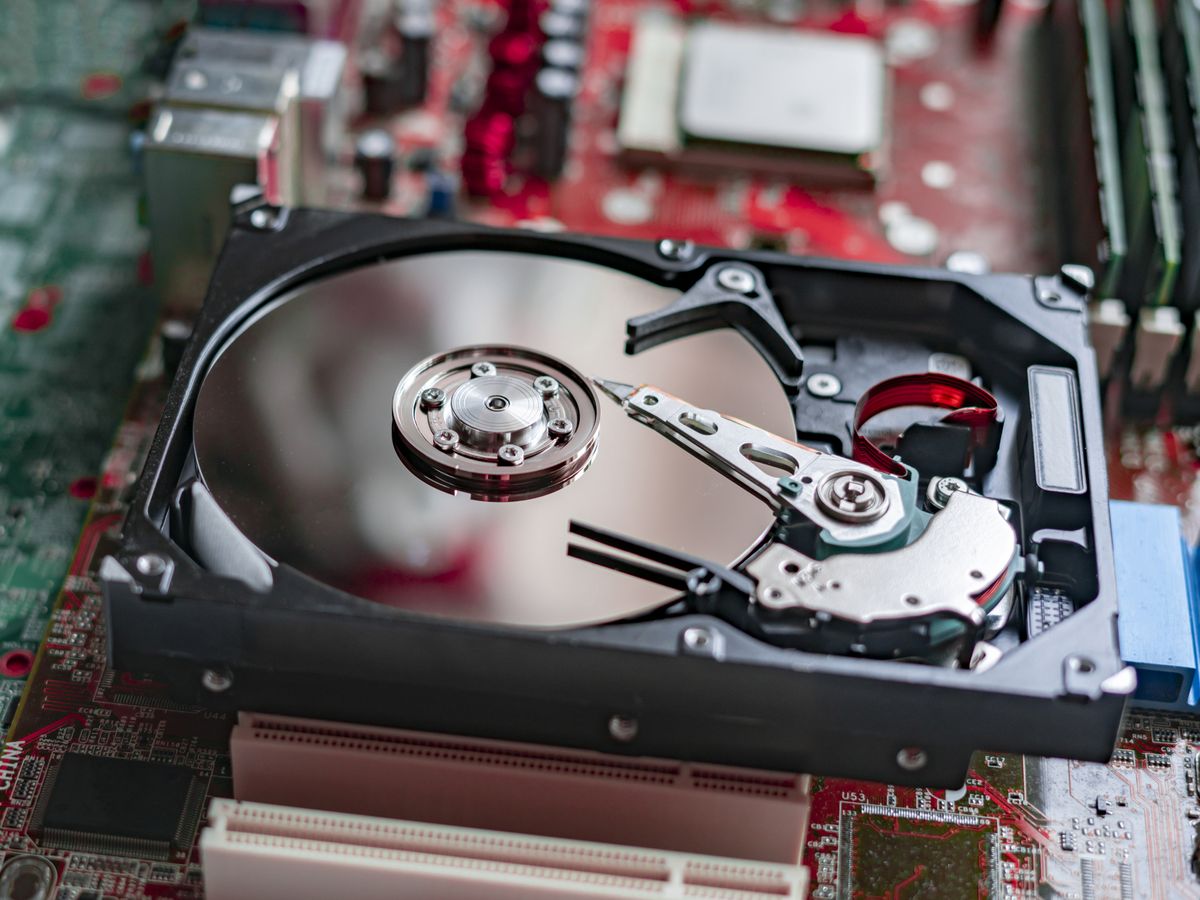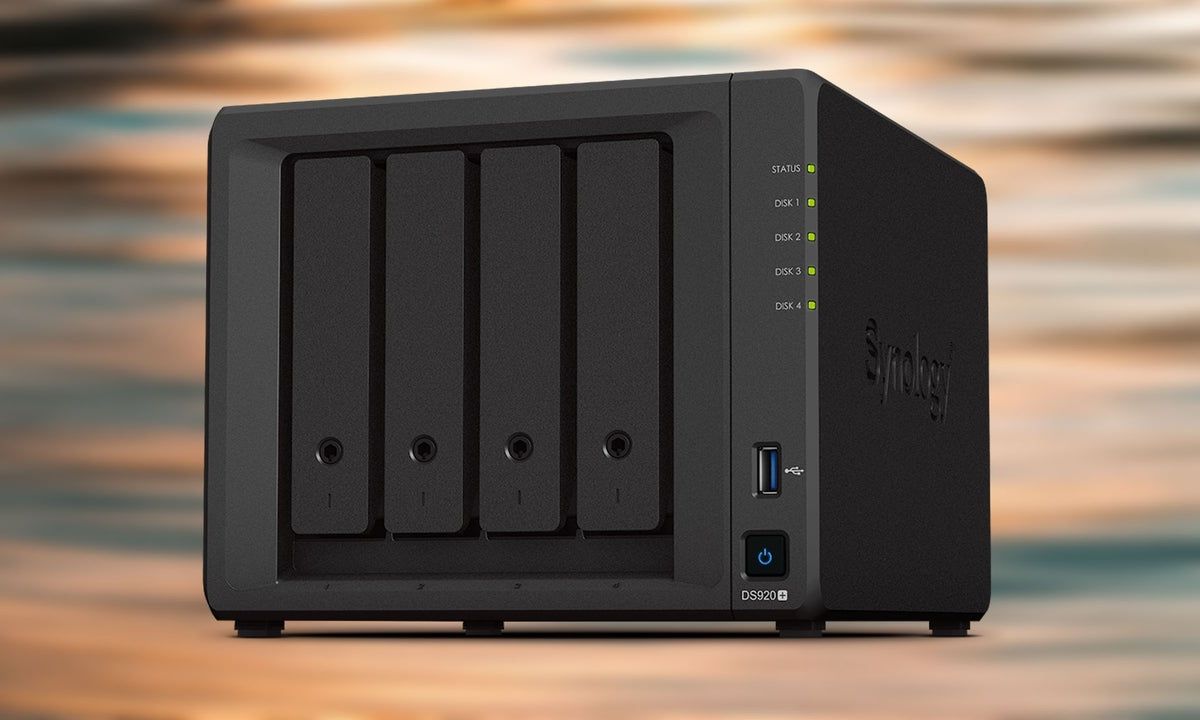Introduction
When it comes to securely erasing data from storage devices, most people are familiar with methods like formatting or using specialized software to wipe the drive. However, for those who want to go a step further, degaussing can be considered as an effective method for data destruction.
Degaussing is typically associated with traditional hard disk drives (HDDs) but can it be used on solid state drives (SSDs) as well? In this article, we will explore the concept of degaussing and discuss whether it is feasible for SSDs.
As technology evolves, solid state drives have become increasingly popular due to their faster access times and reliability. Unlike HDDs, which store data magnetically, SSDs use flash memory to store and retrieve data. This fundamental difference in how data is stored raises questions about whether degaussing, which relies on the alteration of magnetic fields, can effectively erase data from an SSD.
In this article, we will examine whether degaussing is a viable option for SSDs, and if not, we will explore alternative methods for secure data erasure. It’s essential to understand the limitations and best practices for degaussing to ensure that sensitive data is adequately destroyed when required.
Please note that the information provided in this article is for educational purposes only. Always consult the manufacturer’s guidelines and seek professional advice when it comes to data destruction, especially for SSDs, as improper handling may cause irreversible damage to the drive.
What is degaussing?
Degaussing is a method used to erase data on magnetic storage media by altering the magnetic field that stores the information. It involves subjecting the device to a strong magnetic field that disrupts and randomizes the magnetic alignment of the particles, effectively erasing the data. This process is commonly used for traditional hard disk drives (HDDs), floppy disks, and magnetic tapes.
In the context of degaussing, the magnetic field strength is referred to as the coercivity. The coercivity of the media determines how strong the magnetic field needs to be to erase the data effectively. Degaussers are specialized devices that generate intense magnetic fields capable of demagnetizing a broad range of coercivities.
The degaussing process is based on the principle that magnetic media retains a magnetic memory, and by exposing it to a sufficiently strong and alternating magnetic field, it erases the previously stored information. The process disturbs the magnetic domains within the storage media, effectively neutralizing or reducing the magnetic charge, rendering the data unreadable and irretrievable.
It’s important to note that degaussing is a physical destruction method. Once data has been degaussed, it cannot be recovered by any means. Unlike other data erasure methods like formatting or software-based wiping, which may leave traces of the data, degaussing ensures complete obliteration of the information stored on the magnetic media.
It’s worth mentioning that the degaussing process is not suitable for all types of storage media. For example, rewritable optical discs, solid state drives (SSDs), and USB flash drives are not susceptible to magnetic fields and cannot be effectively degaussed. These devices store data using non-magnetic technologies, making degaussing ineffective as a data destruction method.
Now that we have a basic understanding of what degaussing is and how it works, let’s explore whether it is possible to degauss a solid state drive (SSD), and if not, what alternative methods are available for secure data erasure.
Can you degauss a solid state drive?
Solid state drives (SSDs) have become increasingly prevalent in recent years due to their speed, durability, and energy efficiency. Unlike traditional hard disk drives (HDDs), SSDs do not rely on magnetic storage and therefore cannot be effectively degaussed using traditional degaussing methods.
SSDs store data on flash memory chips, which use electrical charges to represent binary information. The absence of magnetic fields in the data storage process means that degaussing, which is based on manipulating magnetic fields, has no impact on the data stored on an SSD.
Degaussing a solid state drive can potentially cause damage to the drive itself. The strong magnetic fields used in the degaussing process can interfere with the delicate electronic components inside the SSD, leading to irreversible data loss and rendering the drive unusable.
Additionally, degaussing an SSD may also violate the warranty provided by the manufacturer. Most SSD manufacturers explicitly state that degaussing is not a recommended method for data destruction and may void the warranty if attempted.
Considering these factors, it is clear that degaussing is not a viable option for securely erasing data from a solid state drive. Therefore, if you need to dispose of an SSD or ensure that sensitive data cannot be recovered, alternative methods of data destruction should be considered.
It is important to remember that securely erasing data from an SSD requires specialized techniques designed for flash memory-based storage. These methods typically involve software-based wiping or physical destruction of the drive. Properly following manufacturer guidelines and utilizing certified data erasure software is crucial to ensure the secure and complete removal of data from an SSD.
In the following sections, we will explore alternative methods for securely erasing data from a solid state drive and discuss best practices to ensure the complete destruction of sensitive information.
Why would you want to degauss a solid state drive?
While it is not advisable to degauss a solid state drive (SSD) due to the reasons mentioned earlier, it’s essential to understand why someone might want to degauss a storage device in the first place. The need to securely erase data from a drive arises in various situations, and it’s crucial to explore alternative methods that are suitable for SSDs.
One common scenario where the secure erasure of an SSD becomes necessary is when disposing of the drive. Whether you’re selling, donating, or recycling the SSD, ensuring that all sensitive information is permanently removed is paramount. By securely erasing the drive, you safeguard against the risk of your personal or confidential data falling into the wrong hands.
Organizations that handle sensitive information, such as financial institutions or healthcare providers, may also have regulatory or compliance requirements that mandate the secure destruction of data before disposing of storage devices. Failure to comply with these regulations can result in severe penalties and reputational damage.
Furthermore, in cases where an SSD is no longer being used and considered obsolete, degaussing may be seen as a way to render the drive completely unusable. By subjecting the SSD to a strong magnetic field, the intention is to ensure that no data can be recovered, even if the drive was to end up in the hands of an unauthorized individual or malicious actor.
However, it’s important to note that degaussing an SSD is not recommended or effective, as mentioned earlier. Instead, alternative methods such as software-based wiping or physical destruction should be employed to ensure the secure erasure of data from the SSD.
When it comes to data security, it’s always better to err on the side of caution. Utilizing reputable data destruction methods and following industry best practices will provide peace of mind and minimize the risk of data breaches or unauthorized access to sensitive information stored on solid state drives.
In the following sections, we will explore alternative methods for securely erasing data from an SSD, providing insights into the best practices for data destruction.
How does degaussing work?
To understand how degaussing works, it’s important to grasp the concept of magnetic fields and their role in storing data on magnetic media. Degaussing involves altering the magnetic field of a storage device to erase the data it contains.
When data is stored on a magnetic medium, such as a traditional hard disk drive (HDD), particles on the surface of the drive are magnetized to represent binary information. These particles have a magnetic alignment that corresponds to either a “0” or a “1” in the binary code. The strength and direction of the magnetic field determine whether the particle is magnetized positively or negatively, thus representing the data stored.
By subjecting a magnetic medium to a strong, fluctuating magnetic field, degaussing disrupts the organized alignment of the particles. This intense magnetic field can be generated using specialized degaussing devices, often referred to as degaussers.
During the degaussing process, the degausser generates a powerful alternating magnetic field that progressively increases and decreases in strength. As the magnetic field fluctuates, it imparts energy onto the particles on the drive, effectively randomizing their magnetic alignment.
As the magnetic alignment becomes chaotic and disorganized, the data stored on the drive is effectively erased. The randomization of the magnetic fields makes it nearly impossible to recover any meaningful information from the drive.
It’s important to note that degaussing is a physical destruction method for data erasure. Once the magnetic alignment of the particles is disrupted and randomized, it cannot be reversed, and the data becomes unrecoverable. It is this irreversibility that makes degaussing an attractive option for secure data destruction.
However, as mentioned earlier, degaussing is not suitable for solid state drives (SSDs) as they do not rely on magnetism for data storage. SSDs use flash memory technology, which utilizes electrical charges to represent data. Thus, degaussing does not have any impact on the information stored on an SSD, and attempting to degauss an SSD can actually lead to damage and data loss.
In the next sections, we will explore alternative methods specifically designed for secure data erasure on solid state drives, ensuring the information stored on an SSD is effectively destroyed beyond recovery.
Precautions before degaussing a solid state drive
Before attempting to degauss any storage device, it’s crucial to understand the limitations and potential risks involved, especially when it comes to solid state drives (SSDs). Degaussing an SSD is not recommended and can cause permanent damage to the drive, rendering it unusable. Therefore, it’s important to consider alternative methods for secure data erasure on SSDs. Here are some precautions to keep in mind:
1. Verify type of storage media: Ensure that you are aware of the type of storage media you are working with. SSDs, unlike traditional hard disk drives (HDDs), do not rely on magnetic storage and thus cannot be effectively degaussed. Confirm that the device is an SSD before proceeding with any data destruction methods.
2. Read manufacturer guidelines: Always consult the manufacturer’s guidelines and recommendations regarding data destruction for SSDs. Manufacturers usually provide specific instructions on how to securely erase data from their SSDs to avoid damaging or voiding the warranty of the device.
3. Backup and verify data: Before conducting any data destruction process, it is crucial to back up any important data stored on the SSD. Verify the backup to ensure that all critical information is securely stored elsewhere before proceeding with any data destruction methods.
4. Ensure data is no longer needed: Double-check that the data on the SSD is truly no longer needed before carrying out any data destruction. Once the data is destroyed, it cannot be recovered. Therefore, it’s important to confirm that there is no valuable or sensitive information that may be required in the future.
5. Consider secure data erasure methods: Instead of degaussing, opt for alternative methods specifically designed for secure data erasure on SSDs. These methods may include software-based wiping, which utilizes specialized data erasure software to overwrite the data on the SSD, or physical destruction of the drive if it is no longer needed.
By adhering to these precautions, you can ensure that the data stored on your SSD is securely and effectively destroyed without compromising the integrity and functionality of the drive. It is essential to handle SSDs with care and follow industry best practices to protect sensitive information and prevent unauthorized access to data.
In the following sections, we will explore alternative methods for secure data erasure on solid state drives, providing insights into the most effective and recommended approaches for destroying data on SSDs.
Step-by-step guide to degaussing a solid state drive
Before we proceed, please note that degaussing is not recommended or effective for solid state drives (SSDs). The following step-by-step guide is provided solely for educational purposes and should not be attempted on an SSD. Instead, consider alternative methods for secure data erasure on SSDs, as mentioned in the previous sections.
1. Confirm the drive type: Ensure that the drive you plan to degauss is indeed a traditional hard disk drive (HDD) and not a solid state drive (SSD). SSDs cannot be effectively degaussed, and attempting to do so may cause irreparable damage to the drive.
2. Obtain a degausser: Acquire a professional-grade degausser capable of generating a strong magnetic field to effectively erase the data on the HDD. It’s important to use a degausser that matches the specifications and requirements of the HDD you are working with.
3. Power off the drive: Make sure the HDD is powered off and disconnected from any power source to prevent any damage or risk of electrical shock during the degaussing process.
4. Follow manufacturer instructions: Consult the manufacturer’s guidelines for the specific degausser being used. Different models may have variations in operating procedures, safety precautions, and recommendations, so it is important to follow the instructions provided by the manufacturer.
5. Prepare the degausser and HDD: Set up the degausser according to the manufacturer’s instructions. Ensure that all necessary safety precautions, such as wearing protective gear, are followed. Place the HDD in the appropriate area of the degausser, usually identified by the manufacturer.
6. Activate the degausser: Power on the degausser and activate the degaussing process according to the manufacturer’s instructions. Typically, this involves placing the HDD in the degausser’s magnetic field and activating the degaussing mechanism.
7. Complete the degaussing process: Allow the degausser to complete the degaussing process. This typically involves exposing the HDD to the strong magnetic field for a specified amount of time. The degausser will demagnetize the particles on the HDD’s surface, effectively erasing the data.
8. Verify the degaussing: After the degaussing process is complete, it is important to verify that the data on the HDD has indeed been successfully erased. This can be done by attempting to access the drive’s data or utilizing appropriate software to verify data erasure.
Remember, the above steps are applicable for degaussing traditional hard disk drives (HDDs) only, and not solid state drives (SSDs). For SSDs, alternative methods such as software-based wiping or physical destruction should be used to securely erase the data. Always refer to the manufacturer’s guidelines and industry best practices for effective and secure data erasure methods for SSDs.
In the next sections, we will explore alternative methods specifically designed for secure data erasure on solid state drives, ensuring the information stored on an SSD is effectively destroyed beyond recovery.
Alternative methods for secure data erasure
As mentioned earlier, degaussing is not a viable method for securely erasing data from solid state drives (SSDs). However, several alternative methods can effectively ensure the secure destruction of data on SSDs. Let’s explore some of these methods:
1. Software-based wiping: One of the most common and recommended methods for securely erasing data from an SSD is through software-based wiping. Specialized data erasure software, often provided by the SSD manufacturer or third-party vendors, can overwrite the entire drive with random data, effectively destroying the original information. The software typically follows industry standards and complies with data sanitization requirements to ensure thorough and secure erasure.
2. Physical destruction: If the SSD is no longer needed or contains highly sensitive data, physical destruction is a reliable method for secure data erasure. Physical destruction involves rendering the SSD inoperable by physically damaging the flash memory chips or other critical components. Methods include shredding, drilling, or using a high-powered magnet to irreversibly destroy the storage media.
3. Encryption and key management: By encrypting data stored on an SSD and properly managing the encryption keys, you can render the data useless to unauthorized individuals. When the encryption key is securely deleted or the drive is reset, the data becomes virtually inaccessible. However, caution must be taken to ensure that the encryption keys are properly managed and securely disposed of to prevent unauthorized access to the data.
4. Secure drive erasure services: In some cases, when the secure erasure of data is critical, professional drive erasure services can be utilized. These services employ specialized equipment and techniques to ensure complete and secure data destruction on SSDs. They follow industry best practices and provide certified documentation of the data erasure process, offering an extra layer of assurance.
It is important to note that regardless of the method chosen, thorough testing and verification of the data erasure process should be carried out to ensure its effectiveness. Additionally, adhering to industry standards and guidelines is crucial to ensure compliance and prevent any potential data breaches.
When selecting an alternative method for secure data erasure, it is essential to consider factors such as the sensitivity of the data, regulatory requirements, and the resources available to carry out the process effectively. Consulting with data security experts or seeking professional advice can help in making an informed decision.
In the next section, we will summarize the key points discussed and provide recommendations for ensuring secure data erasure on solid-state drives (SSDs).
Conclusion
In conclusion, degaussing is not a viable method for securely erasing data from solid state drives (SSDs). SSDs do not rely on magnetic storage and therefore cannot be effectively degaussed using traditional degaussing methods designed for magnetic media. Instead, alternative methods specifically designed for SSDs should be utilized for secure data erasure.
Software-based wiping is one of the recommended methods for securely erasing data from an SSD. Specialized data erasure software, following industry standards, can overwrite the entire drive with random data, ensuring the destruction of the original information.
Physical destruction is another reliable method for secure data erasure on SSDs, especially when the data is highly sensitive or the drive is no longer needed. Shredding, drilling, or using a high-powered magnet can render the SSD inoperable and irreversibly destroy the storage media.
Encryption and key management can also be employed to make the data stored on an SSD inaccessible to unauthorized individuals. By encrypting the data and properly managing the encryption keys, data becomes useless without the corresponding key.
In all cases, thorough testing and verification of the data erasure process is crucial to ensure its effectiveness. Adhering to industry standards and guidelines is essential to meet compliance requirements and prevent any potential data breaches.
Remember, when it comes to secure data erasure, it is vital to consider the type of storage medium, such as HDDs or SSDs, and follow the manufacturer’s guidelines and recommendations. Seek professional advice or consult with data security experts when in doubt.
By following best practices for data erasure and utilizing appropriate methods, you can ensure the secure destruction of data on SSDs and protect sensitive information from falling into the wrong hands.










